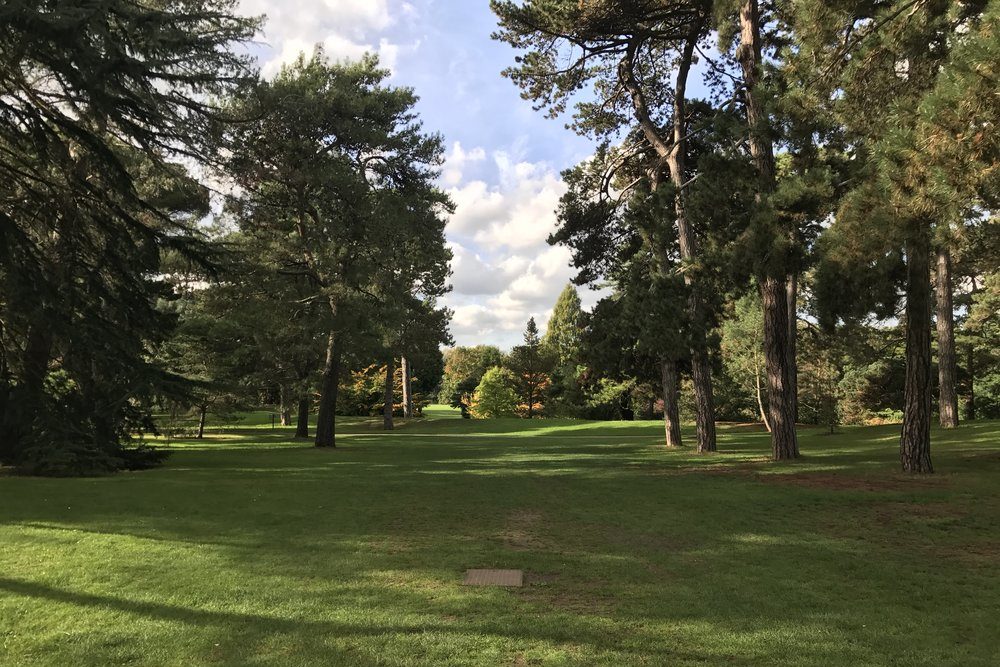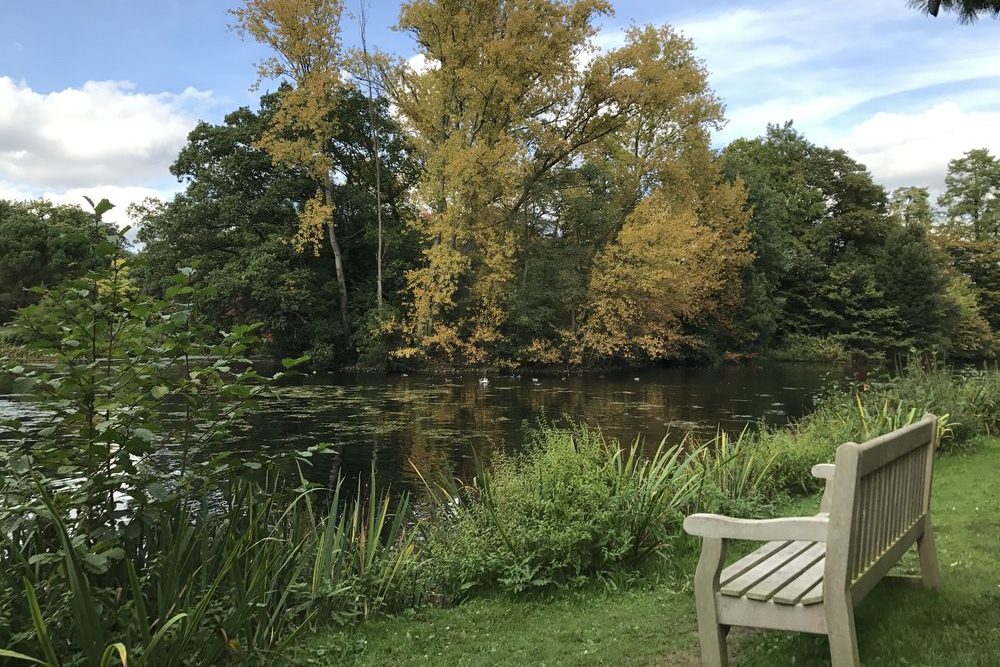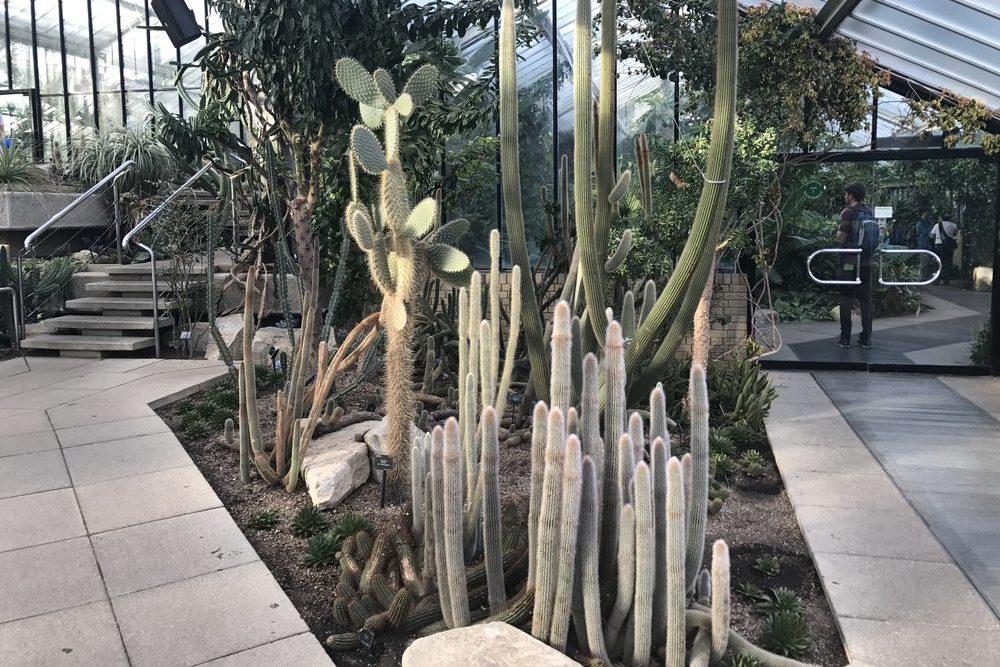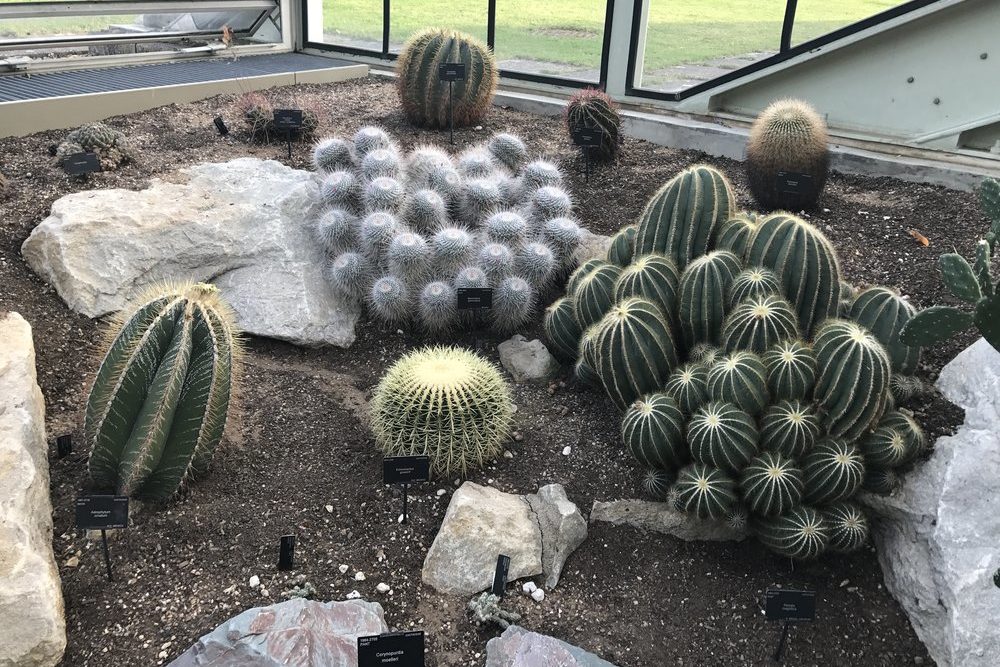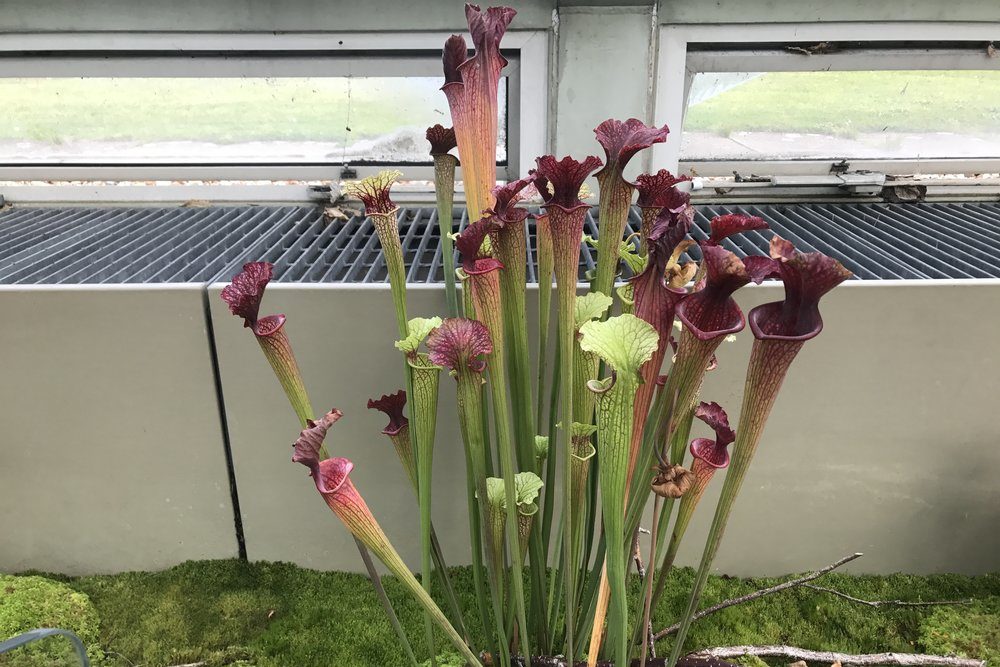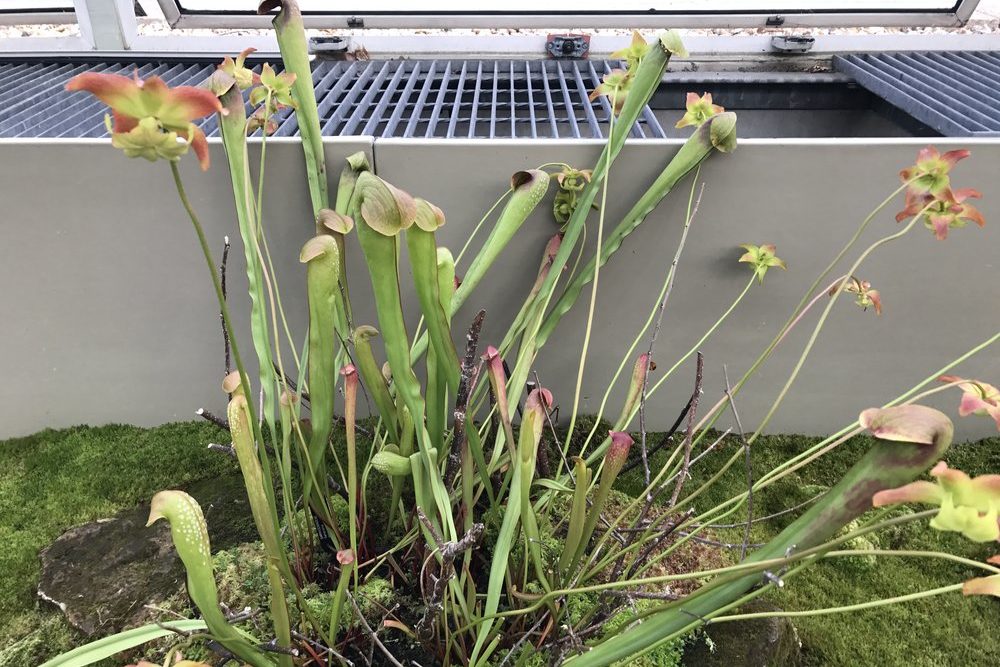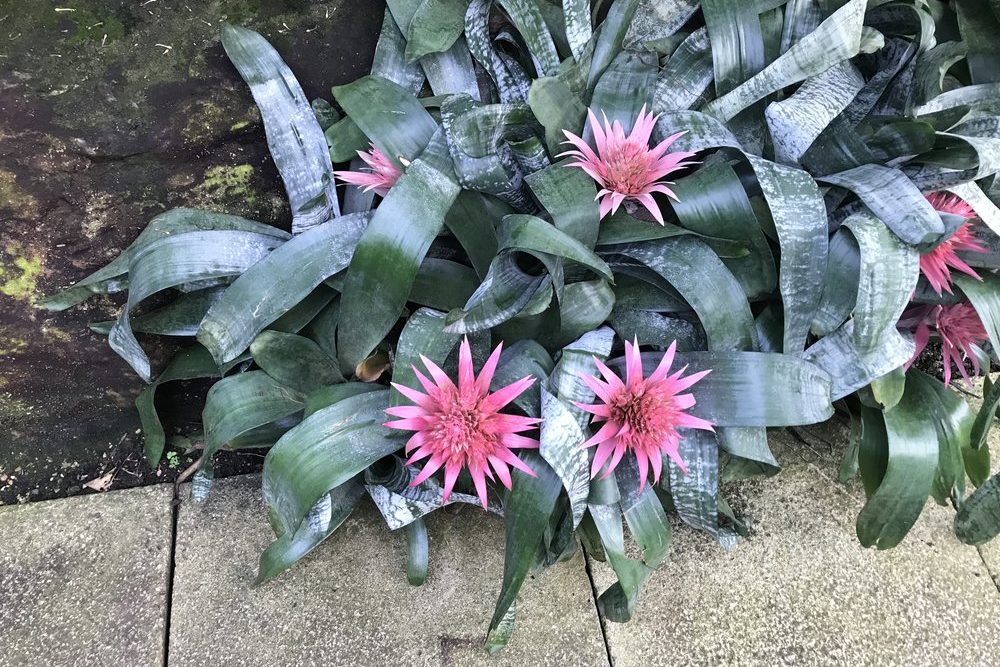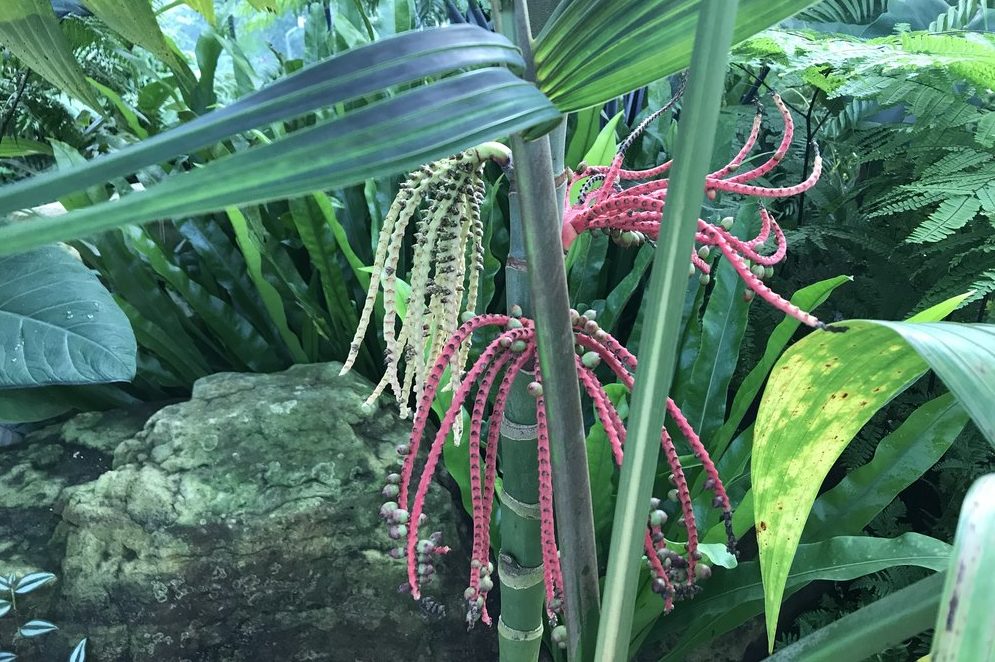On this London trip my emphasis was on checking out parts of the city I hadn’t yet visited. While it’s always nice strolling around Central London and the major attractions along the Thames riverbank, there’s just so many things to do in London that even having spent a year living here, there was still a lot I had missed.
One of the major items on that checklist was the Royal Botanic Gardens, also known as the Kew Gardens, which is London’s biggest UNESCO World Heritage site. It’s located in Kew, a lush neighbourhood in South West London.
The easiest way to get there is via the Kew Gardens tube station, which is on the District line in Zones 3 & 4 of the London Underground travel map. So the 20-minute journey from Central London will run you about £3.90.
Once you get out of the station, follow the posted signs to make the short walk over to Kew Gardens’ Victoria Gate entrance. Admission is £15 at the door and £14 if you book online (£14/£13 for students), so reserving your tickets beforehand and showing them on your mobile phone is the way to go.
Kew Gardens is quite large and exploring it in full would take at least three hours, though you could easily do a tour of the grounds and see all you need to see in about two hours’ time. Upon entry I was provided with a map of the Gardens, and I loosely followed the suggested walking directions over the course of the afternoon.
My first stop was the Japanese Landscape, a small stone kaiyu shiki (stroll-around) garden in the traditional Japanese style. The central feature is the Chokushi-Mon, a temple-like structure built as a replica of the original “Gateway of the Imperial Messenger” in Kyoto, Japan.
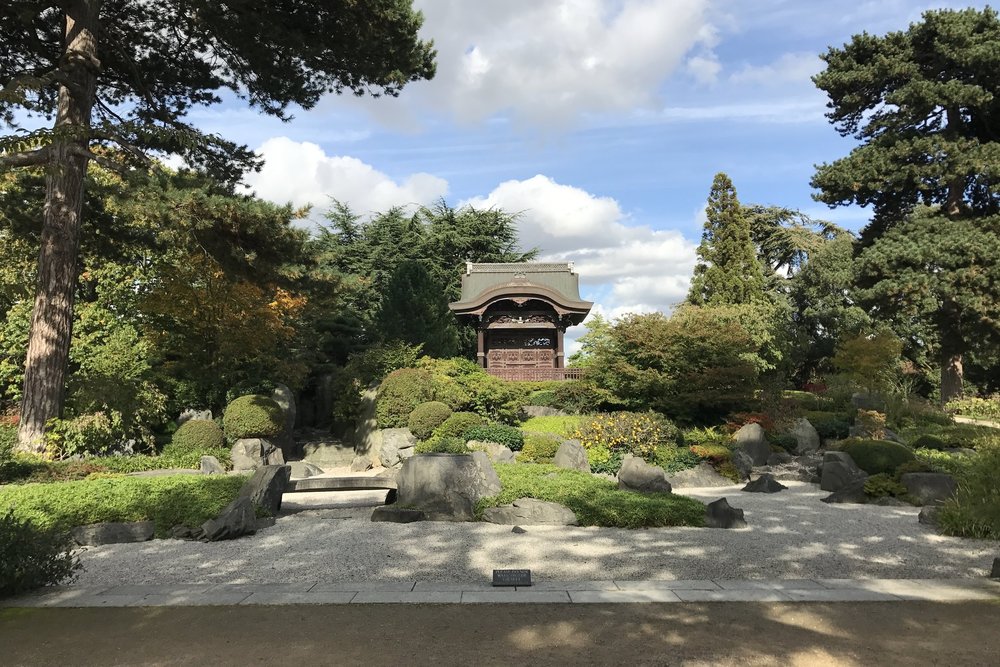
Kew Gardens – Japanese Landscape
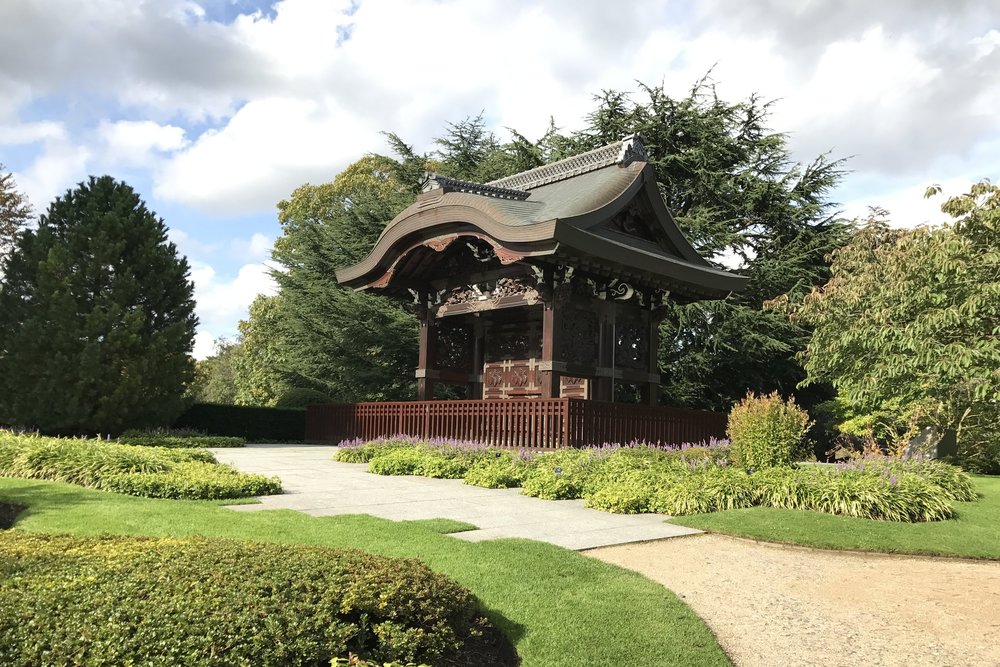
Kew Gardens – Chokushi-Mon
The small and tranquil landscape is quite beautiful and provides a calming atmosphere. There’s plenty of intricate features that catch the eye, including the ornate gravel patterns and a traditional dripping water basin.
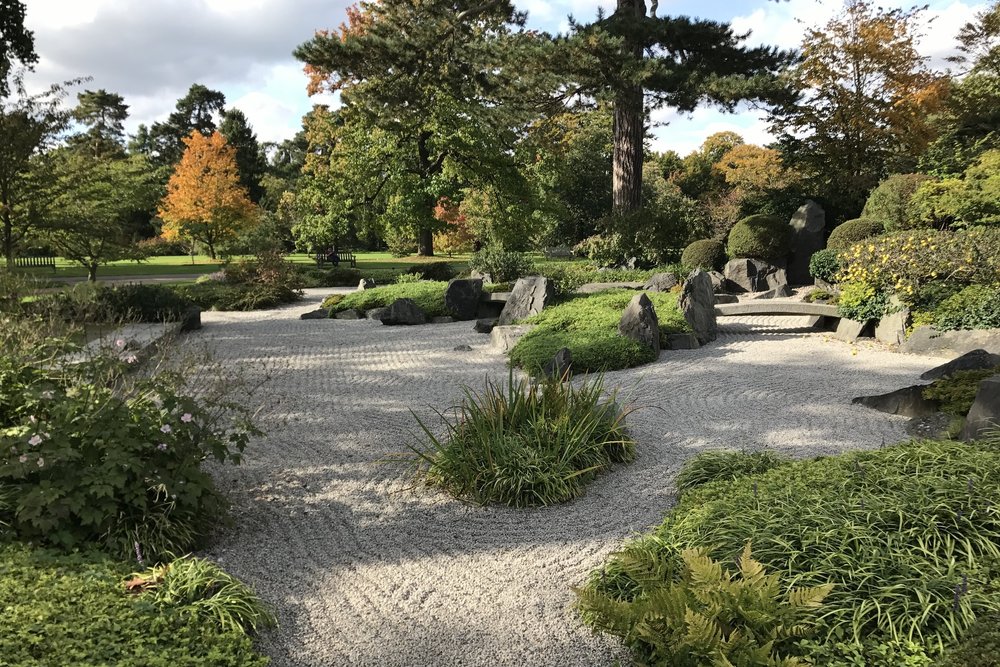
Kew Gardens – Japanese Landscape
Next stop was the Treetop Walkway, located 18m above the ground in the tree canopy of a woodland glade. I’m someone who always enjoys an adventure at altitude, so I was eager to check this out. While it was nice to get a view of the Gardens from up high, and also to get up close and personal with some of the majestic trees that the walkway was built around, that wasn’t what struck me the most about being up here.
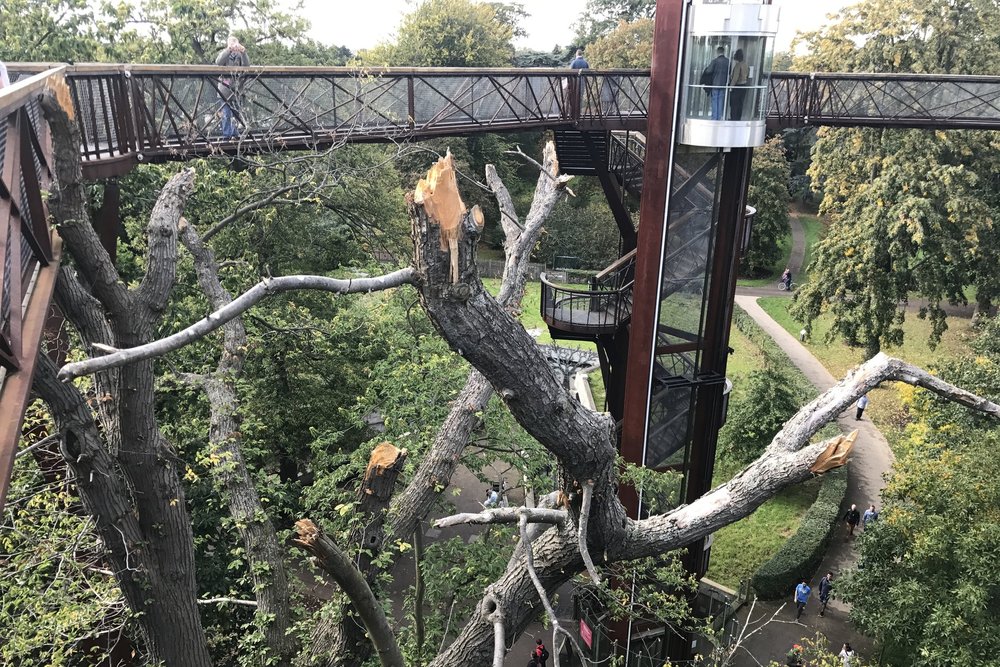
Kew Gardens – Treetop Walkway
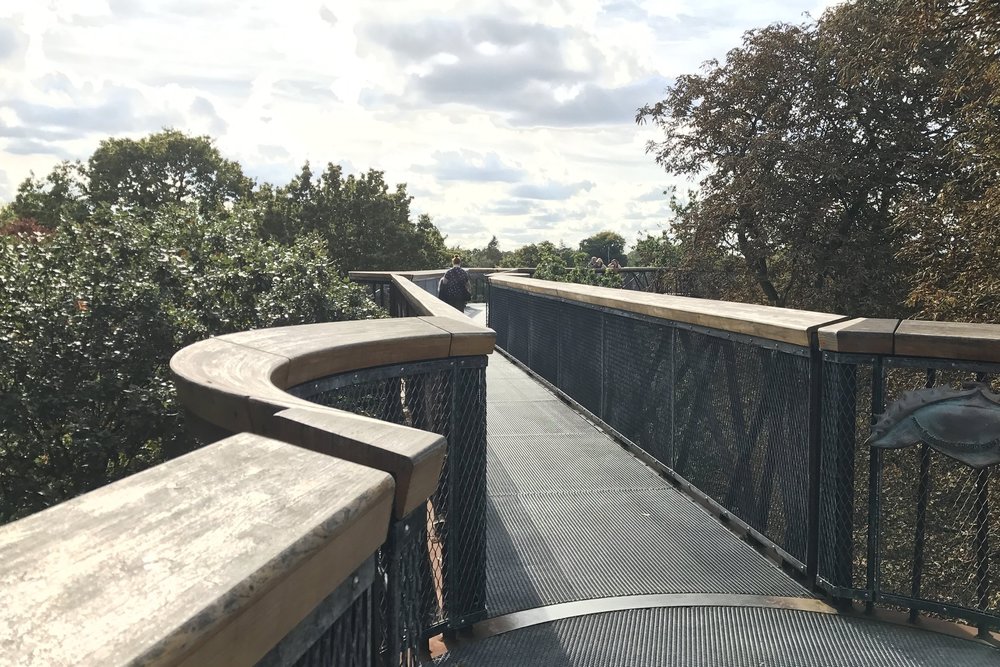
Kew Gardens – Treetop Walkway
You see, if you’re looking for total peace and quiet, it turns out Kew Gardens might not be the best place for that. That’s because we’re in South West London, and Heathrow Airport is right on the Gardens’ doorstep. As a result, every 30 seconds or so you’d hear the sounds of aircraft making its final approach into Heathrow.
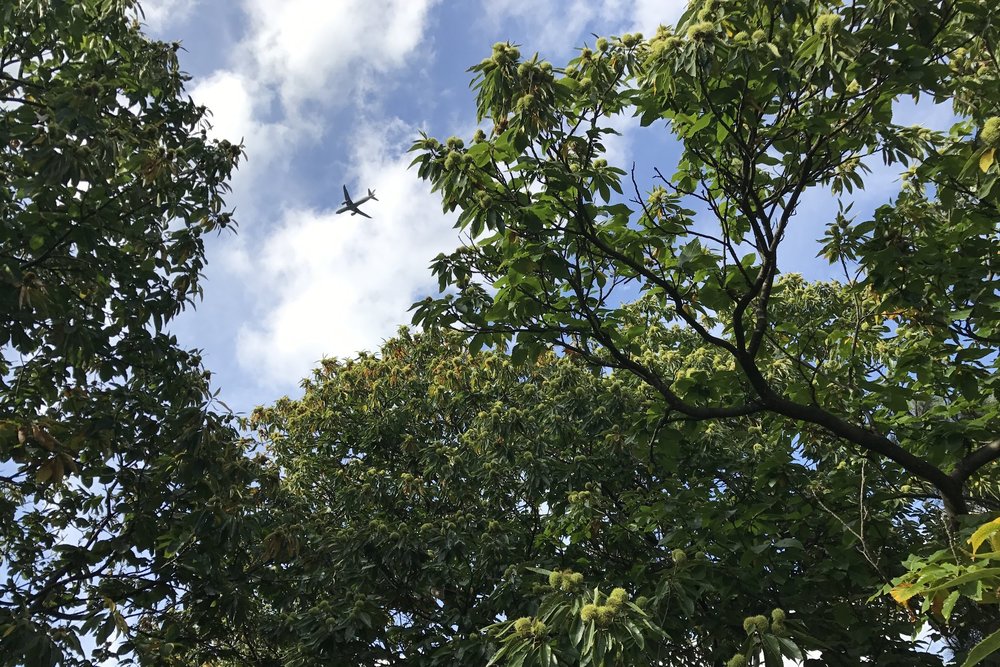
Kew Gardens – View of aircraft overhead
I had read about the debates over expanding Heathrow Airport in past and how the noise would affect local residents, but I hadn’t experienced it for myself – it truly does get quite unbearable listening to planes flying above you over and over again. I can’t imagine having to deal with the noises every day of my life, so I do have some sympathy with those living near Heathrow in terms of their opposition against expanding the airport.
Having said that, if you’re an avid aviation geek like myself, the Treetop Walkway is a pretty amazing vantage point for planespotting. After watching an ANA 777, a Japan Airlines 777, and a Qantas A380 fly directly overhead, I decided it was time to return to the earthly pleasures of the Kew Gardens.
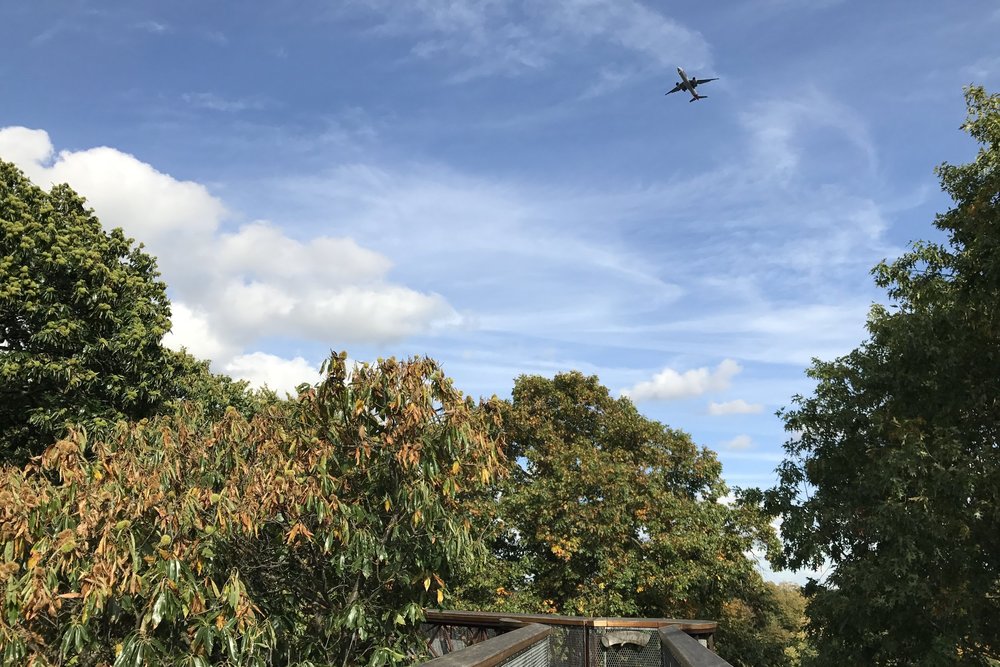
Kew Gardens – View of aircraft overhead
I decided the explore a little bit of the southwestern corner of the park, where the Kew Gardens’ Redwood Grove is located. Redwood trees planted in the 1860s continue to thrive here today, and of course it’s here that you’ll find Kew’s tallest tree, a coastal redwood specimen that stands at 39.3 meters high.
Also in this area of the park is the Cedar Vista, a long, expansive clearing that cuts across the length of the Gardens, providing an impressive view from either end, as well as a small lake in the middle of the park, which provides a pleasant and convenient resting stop as you make your way across the park.
Kew Gardens is home to several special art exhibits per year, which range from unique sculptures dotted around the grounds to large-scale art installations that are set up for months at a time. The featured exhibit during my visit was known as The Hive, a 17-meter-tall visual and sound experience that’s designed to highlight “the extraordinary life of bees”.
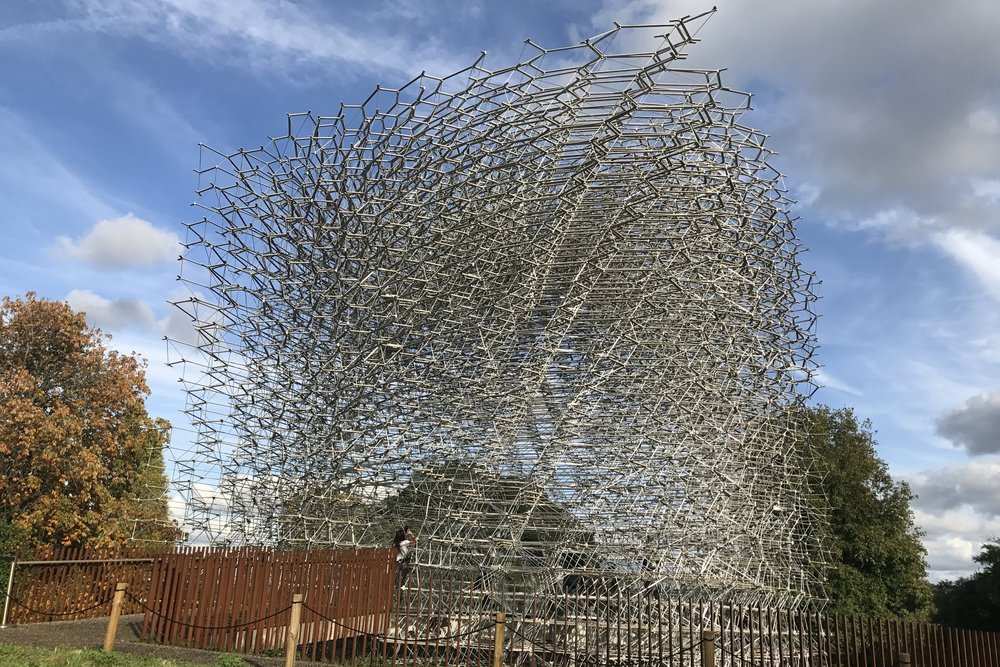
Kew Gardens – The Hive
It’s an immersive exhibit constructed out of 170,000 aluminum parts and 1,000 LED lights. The lights and sounds that you experience as you stand in the centre of the structure are triggered in real-time by an actual beehive elsewhere in the Gardens. How cool!
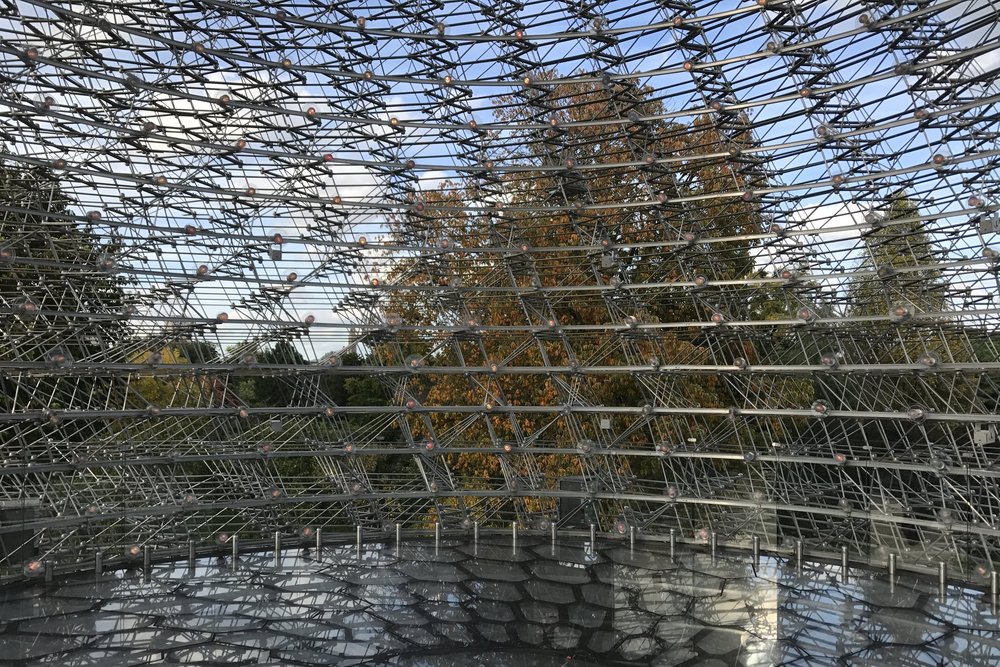
Kew Gardens – The Hive
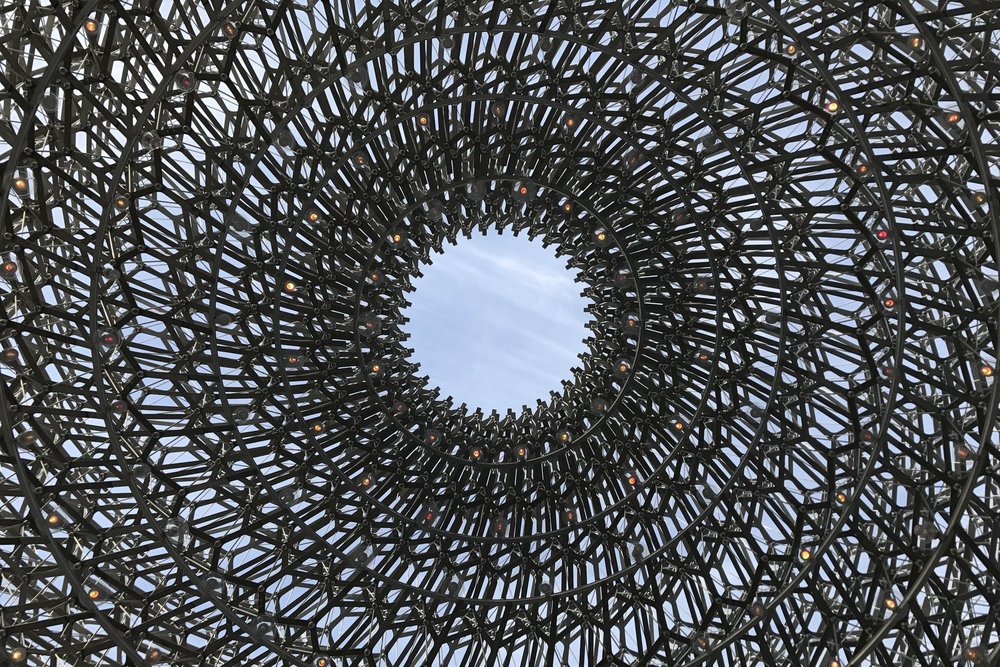
Kew Gardens – The Hive
Last stop during my visit was the Princess of Wales Conservatory, where thousands of species of flora are on display. It’s the Royal Botanic Gardens after all, so no visit is complete without taking a walk through the greenhouses. The conservatory is made up of ten climate-controlled chambers, housing various types of dry tropics, wet tropics, ferns, orchids, and carnivorous plants.
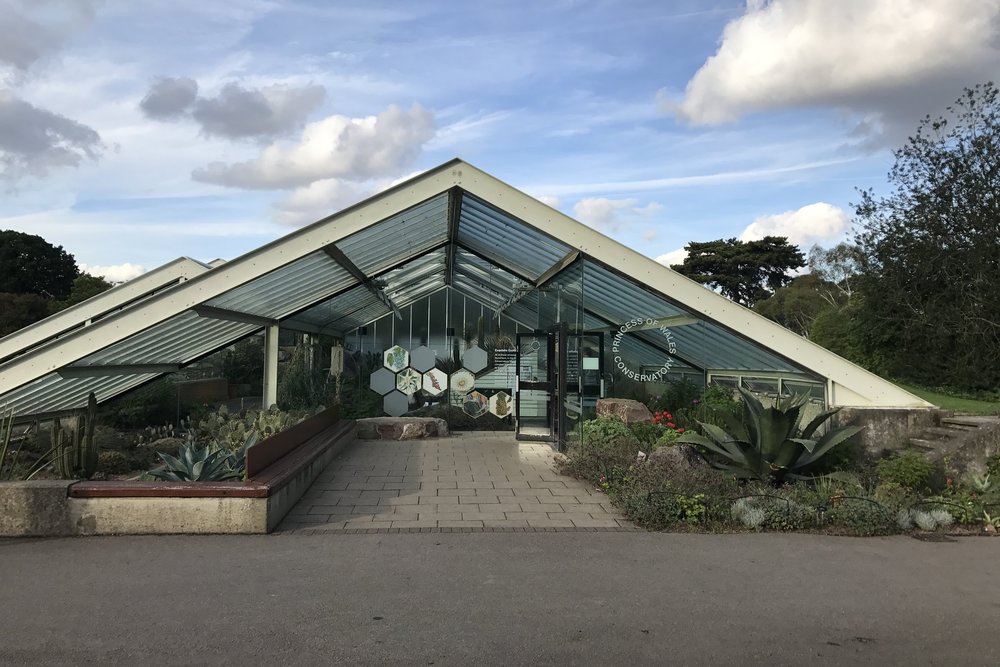
Kew Gardens – Princess of Wales Conservatory
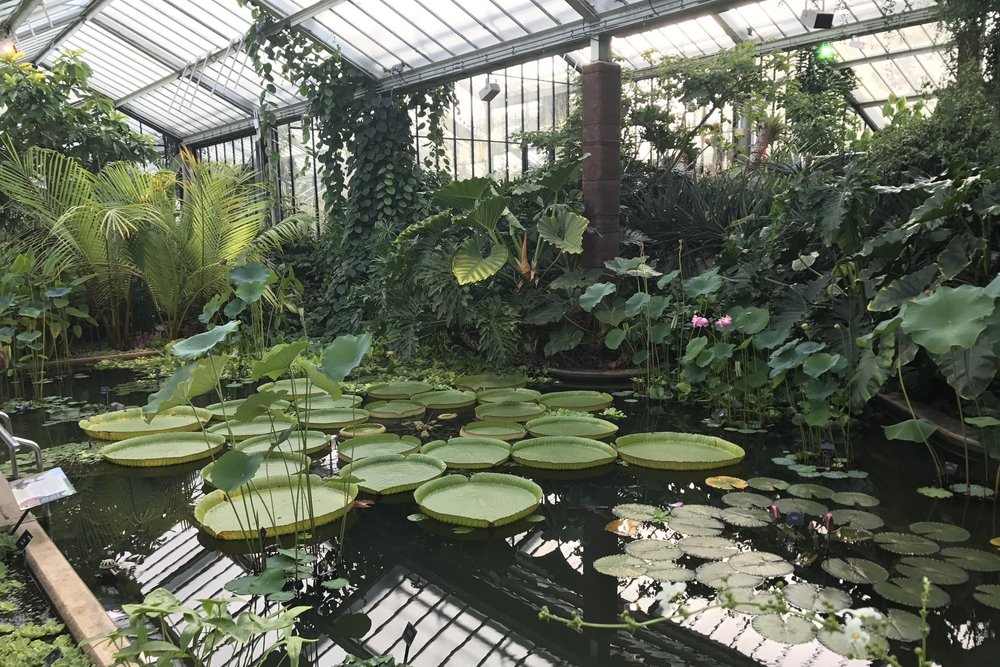
Kew Gardens – Princess of Wales Conservatory
Together with the other greenhouse displays – the Palm House and Nash Conservatory (which I definitely hope to make some time for on my next visit) – Kew Gardens houses the most diverse collection of living plants of any botanic garden in the world.
Conclusion
Part of what enraptures me about London is the sheer amount of places of global significance that sit within its borders, and Kew Gardens is one of the prime examples. The lush and tranquil landscape is the perfect place to spend an afternoon away from the hustle and bustle of Central London, and the world-class botanic facilities adds a touch of scholarly sophistication to your visit.







